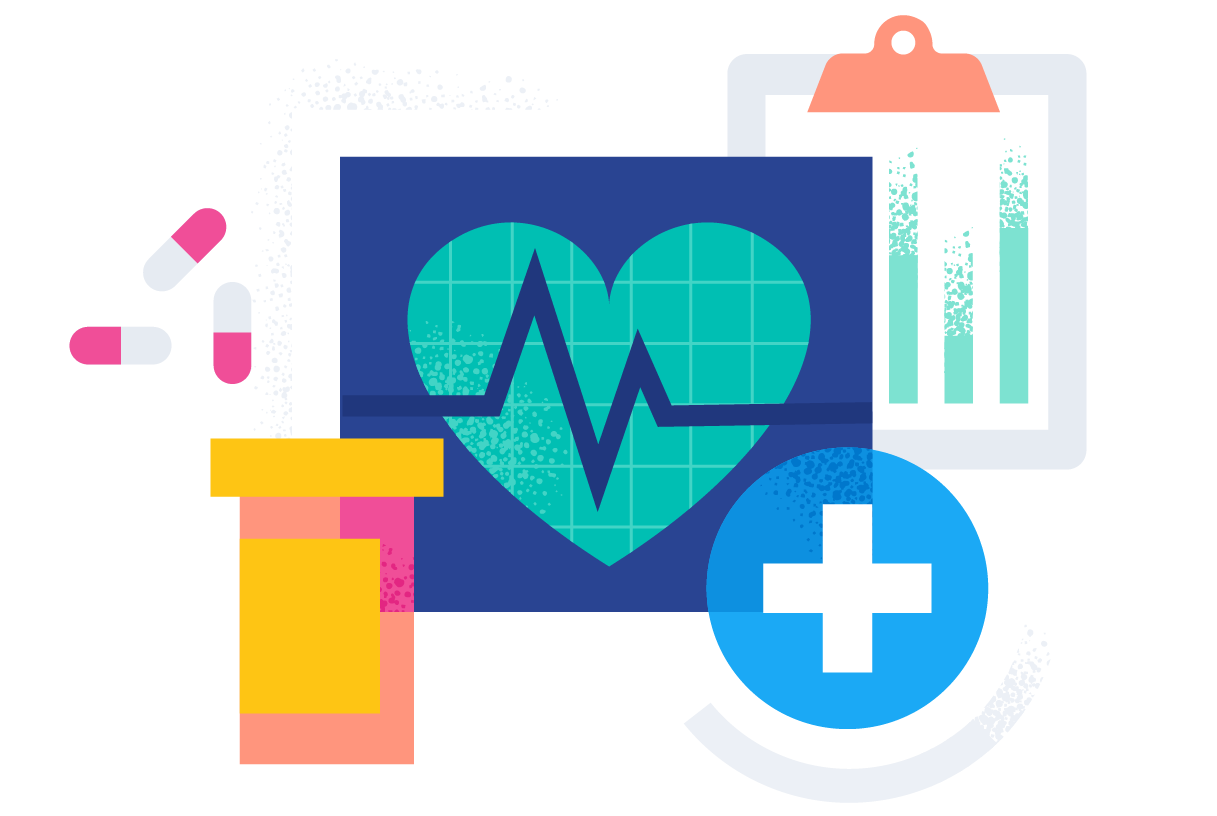Best Healthcare RCM Practices to Improve Functional Performance and Collections
Best Healthcare RCM Practices to Improve Functional Performance and Collections
Blog Article
A Comprehensive Guide on How Health Care RCM Functions to Enhance Billing and Collections
Navigating the intricacies of health care earnings cycle monitoring (RCM) is critical for companies aiming to improve their payment and collections procedures. The guide unpacks the details of RCM, from person enrollment to balance dues management, supplying insights right into maximizing each step. Incorporating innovative modern technology and standard treatments can significantly minimize claim denials and increase settlement cycles. Yet, truth challenge depends on seamlessly combining these elements to improve capital. As we explore the core elements and techniques that drive performance, one question stays: exactly how can health care entities ideal position themselves to flourish monetarily in an ever-evolving industry?
Recognizing Revenue Cycle Administration
Understanding the details of Revenue Cycle Administration (RCM) is necessary for healthcare organizations aiming to maximize their financial performance. RCM is a critical management feature that incorporates the whole economic procedure of client care, from the initial appointment setting to the final settlement of the balance. It is an intricate treatment created to determine, accumulate, and take care of the earnings from the solutions supplied to individuals. Effective RCM makes sure that medical care service providers get timely and accurate settlements, decreasing the threat of profits loss and enhancing cash flow.
The RCM procedure begins when a person timetables a visit and extends via the person's treatment journey, consisting of billing and collections. A key goal is to minimize the time in between receiving and offering a service payment, thus enhancing the company's financial health. RCM involves numerous functions such as patient enrollment, insurance coverage verification, fee capture, coding, claims entry, payment uploading, and managing allures and rejections.
Key Parts of RCM
In the world of Earnings Cycle Administration (RCM), understanding its crucial components is basic to attaining monetary effectiveness within medical care organizations. RCM is a thorough process that includes various stages, each important to guaranteeing reliable invoicing and collections. The main parts include individual enrollment, insurance verification, charge capture, coding, claim submission, repayment posting, and accounts receivable administration.


As soon as coded, cases are submitted to payers, where precision is critical to prevent hold-ups or denials - Healthcare RCM. Repayment uploading includes recording the received payments, which allows for the reconciliation of accounts. Finally, receivables monitoring concentrates on monitoring and addressing unpaid claims, making certain prompt follow-up and resolution
Each element of RCM is interconnected, and inadequacies in any kind of component can interfere with the entire cycle. Therefore, mastering these elements is necessary for doctor to enhance profits and improve their monetary health.
Strategies for Reliable Payment

Systematizing invoicing procedures across the company is an additional key strategy. Establishing clear guidelines for documents, coding, and entry helps keep uniformity and conformity with regulative needs. Educating staff consistently on these procedures ensures every person is up-to-date with the most up to date modifications in invoicing codes and payer plans.
Exact fee capture is essential in avoiding earnings leak. Executing routine audits and tracking systems enables the recognition and correction of discrepancies prior to they affect profits. Additionally, maintaining open lines of communication with payers assists to promptly deal with any kind of disagreements or misunderstandings that might arise.

Last but not least, engaging people early in the payment process by supplying clear price quotes and educational products concerning their monetary obligations can substantially minimize confusion and boost settlement timeliness. These techniques jointly add to an extra efficient and financially healthy payment system.
Enhancing Collections Processes
A robust collections process is crucial for keeping monetary stability within medical care organizations. Offered the complexities of clinical invoicing and the variety of payer needs, boosting the collections procedure entails applying strategic procedures that guarantee prompt and precise payment of services provided. Central to this is using innovation to automate and improve processes, minimizing hand-operated mistakes and boosting efficiency. Automation devices can have a peek at this site aid in tracking insurance claim statuses, sending prompt suggestions to people, and taking care of rejections better.
Clear and clear individual interactions are vital. Supplying comprehensive explanations of charges and offering versatile repayment plans can raise person contentment and punctual payments.
Normal audits of the collections process should be performed to identify areas for improvement and make sure compliance with laws. By analyzing information, health care companies can identify fads, prepare for potential concerns, and adapt methods appropriately (Healthcare RCM). Ultimately, a well-enhanced collections procedure not only supports financial wellness but additionally adds to a more seamless experience for individuals and staff alike
Optimizing Income Streams
Structure upon the structure of a strong collections process, medical care organizations can further strengthen their financial stability by strategically enhancing earnings streams. This involves a multi-faceted strategy, beginning with a thorough analysis of existing income resources to identify ineffectiveness and locations for development. Employing sophisticated data analytics tools allows companies to acquire understandings right into payer mix, patient demographics, and service use patterns, allowing for data-driven decisions that improve profits capture.
Applying automated billing systems can substantially lower mistakes and quicken cases processing, making certain that profits is accumulated much more successfully. In addition, optimizing payer agreements with regular negotiations can enhance repayment rates and terms, directly affecting the lower line. Expanding solution offerings, such as including telehealth or health programs, can also attract a wider client base, thus boosting earnings capacity.
One more important element is boosting individual interaction and contentment, as completely satisfied clients are a lot more most likely to stick to treatment strategies and make prompt repayments. Providing flexible settlement alternatives and clear invoicing practices can boost collections and foster patient commitment. Healthcare RCM. By taking on these methods, healthcare organizations can create an extra durable financial framework, making certain continual growth and security in an ever-changing industry landscape
Conclusion
Finally, medical care Income Cycle Management (RCM) plays an important role in enhancing billing and collections processes by integrating key parts such as client enrollment, insurance verification, charge capture, coding, claims entry, and balance due administration. By using advanced innovation, systematizing procedures, and cultivating individual engagement, health care suppliers can significantly reduce insurance claim rejections, accelerate repayment cycles, and enhance capital. This comprehensive technique to RCM eventually results in enhanced economic efficiency and sustainability for healthcare companies.
The RCM process begins when a person schedules a consultation and prolongs with the person's care journey, consisting of payment and collections.Another essential element is improving individual engagement and fulfillment, as pleased individuals are more likely to adhere to treatment plans and make timely repayments. read review Using versatile payment choices and clear invoicing methods can enhance collections and foster individual commitment.In verdict, health care Income Cycle Administration (RCM) plays a critical role her response in maximizing billing and collections processes by integrating crucial components such as client registration, insurance confirmation, charge capture, coding, declares entry, and accounts receivable monitoring. By utilizing sophisticated modern technology, systematizing procedures, and cultivating patient engagement, healthcare companies can substantially lower insurance claim denials, accelerate payment cycles, and enhance cash money circulation.
Report this page